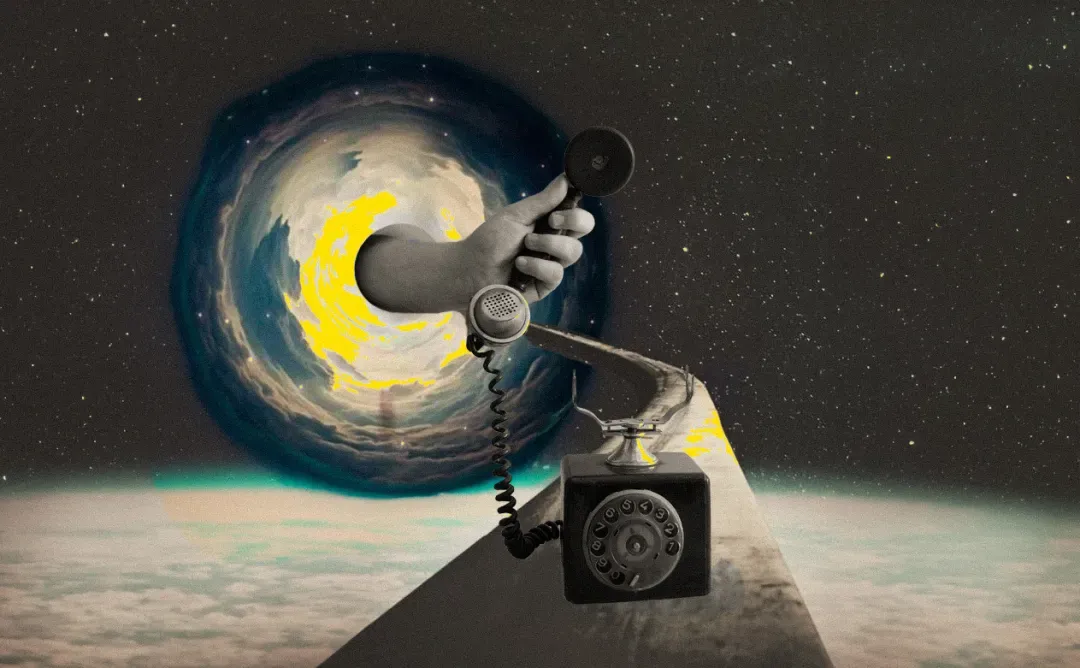Founders today know that having the right advisors is critical to the success of their business. It is not just because advisors bring in experience and know-how, but also because they help steer entrepreneurs towards expanding their view and understanding of a certain segment or industry. They’re independent experts who help you solve problems. Advisors could contribute to a range of functions such as finding the next growth opportunity, managing key traditions, expanding into new markets or just becoming better leaders. Setting up an advisory board is therefore essential to provide the right kind of impetus for your business at different stages of growth.
To be sure, advisory boards are not limited to young businesses. They are also equally important for established firms. Research suggests that globally, there has been a 19% growth in advisory boards as a sector between 2020 and 2023. It is also interesting that 29% advisory boards are in emerging businesses, which clearly outlines the importance that these companies place on the right advice in their early growth stages.
As Indian businesses set sights on the US and other economies as their primary markets, the role of an advisory board becomes even more significant. The International Monetary Fund expects a more pronounced slowdown in these markets, lasting until 2025. This naturally means customers are more likely to tighten their expenses. Having an experienced hand on board who has been through similar economic cycles is an asset in this environment.
We spoke to Aayush Ghosh Choudhury, co-founder and CEO at Scrut Automation, which specialises in governance, risk and compliance (GRC) automation, about how the company set up its advisory council. In just over 1.5 years of existence, Scrut has reached an annualised revenue rate (ARR) of $4 million, and bagged around 600 customers. Growing at this fast clip requires not just great business sense, but also the right amount of restraint in making some decisions, and understanding different aspects of the market.
Identifying the need for an advisor
At every stage, the existing founding or core team tends to hit a plateau in terms of their market information and insights. It is at this stage that they should begin to evaluate potential advisors in areas where they can add more value. This could be a specific part of the business, such as the marketing or sales functions, or even providing a more broad-based direction.
The founding team at Scrut was clear they wanted to bring on board advisors who could help them build a longer term vision, and not just solve a current problem.
“We were very categorical about trying to precipitate as many use cases, edge cases and patterns as possible,” says Aayush. To ensure they benefit from their advisors’ expertise, they onboarded advisors who had at least three or four different kinds of experiences.
That meant finding people who had either started companies, sold companies, occupied senior tenured positions, and made a few mistakes. “We covered as much depth as possible,” he adds.
For the founders, it is extremely important to invest time in identifying the exact areas where they feel an advisor would be useful. It matters, because without well-defined key performance indicators (KPIs) and hard questions, advisory conversations can go from being strategic to academic.
“We were very categorical about trying to precipitate as many use cases, edge cases and patterns as possible.”
In Scrut’s case, for example, the founders knew the ideal customer profile (ICP), what the sales motion would look like, and categorically wanted to know what mistakes to avoid in that process.
Keeping it authentic
There is no universal rulebook when a business hires an advisor. There are founders who prefer approaching a potential advisor through warm introductions, for example, but Aayush is a firm believer in cold outreach through LinkedIn. True to the spirit of building a business, founders and leaders find their own ways to find the right person for the job.
“The conversation needs to be transparent, authentic, and vulnerable. It’s an important way of engaging for us and consistent across all our advisors.”
At Scrut, that process begins with a 90-minute interview or exchange where they only discuss a potential advisor’s worst decisions. It involves situations where they completely failed or ended up embarrassing themselves. The idea is to let people be their most authentic selves, and more importantly, talk about the learnings from their failures.
“The conversation needs to be transparent, authentic, and vulnerable. It’s an important way of engaging for us and consistent across all our advisors,” Aayush says.
Building the product roadmap
Scrut is thinking of putting together a product advisory board, with some large enterprise GRC heads, who would serve as advisors and early design partners.
The move is in tune with the times, with the need for anticipating evolving customer needs. For Scrut, they are at a juncture where they’re making the transition from selling to small and mid-sized companies to large enterprises.
“It is a good tactic to have a product advisory board that includes or has people who fall into your core ICP.”
While selling to SMBs, Aayush says, there is a fair degree of homogeneity in their requirements. As the focus shifts to large enterprises, the requirements become more heterogeneous and idiosyncratic. Having people on board who can advise you on what is par for the course and what is a deviation is important at this stage.
“It is a good tactic to have a product advisory board that includes or has people who fall into your core ICP,” he adds.
Defining the terms of engagement
Just like there is no rule book for approaching potential advisors, the way to engage and compensate them is also not set in stone. The founders and advisors need to agree on the payment terms, engagement and structure.
Aayush talks about the different areas where Scrut has engaged advisors. The company has advisors for the go-to market motions in sales and marketing, a CEO coach, and a couple of people who have helped introduce Scrut in the chief information security officer (CISO) community.
Every advisor is different, there’s no one size fits all. For, say, a marketing advisor Scrut’s marketing team touches base with him as and when needed. For others who advise the company on GTM, Aayush’s team may schedule calls once a month to get introductions or finesse strategy.
When it comes to deciding their compensation, there are several ways to come to an agreement. For a product advisory board, for example, Aayush says the first preference should be given to engaging their angel investors. A common way to do this is to offer them an allocation on the cap table, maybe make the valuation a bit more attractive for them. “If they’re willing to put in their money and their time, then that’s a signal that they are genuinely invested in the problem, in the team,” he explains.
If the goal of the business is, however, to get more strategic inputs, such as getting introductions to senior people across large companies, then engaging senior, tenured advisors makes more sense. The engagement can be as low as asking them to make introductions once a month.
It is important to understand that advisors need to be compensated for their time. One way to do so is by issuing restricted stock units (RSUs), phantom stocks or advisory shares in exchange.
In another situation, if the business is doing well, its cap table becomes currency, and you can offer to pay the advisor through an opportunity to invest in the company along with an ongoing round.
Founders increasingly understand that everything doesn’t require a first principles approach, and there is great value in learning from those who have seen different market cycles play out over the years. Advisors step in at different points in a business’ journey as sounding boards, strategic consultants, or mentors encouraging founders to think better, build better.
This article was originally published on Limitless.

























